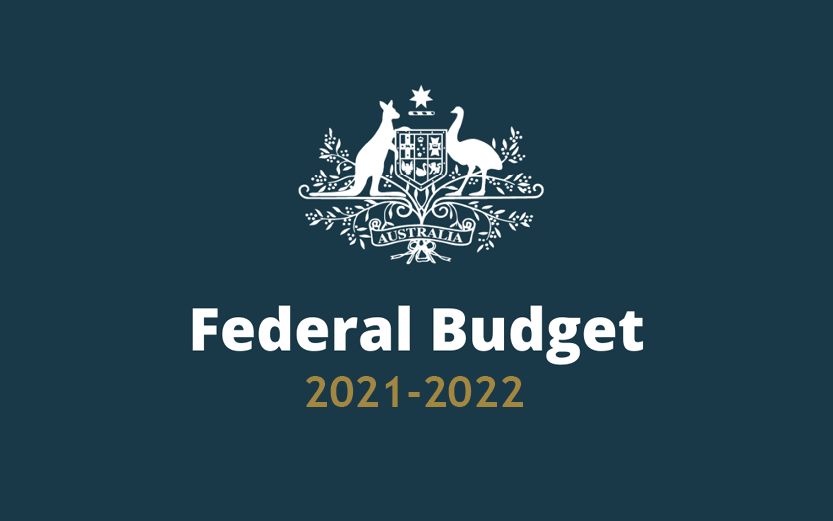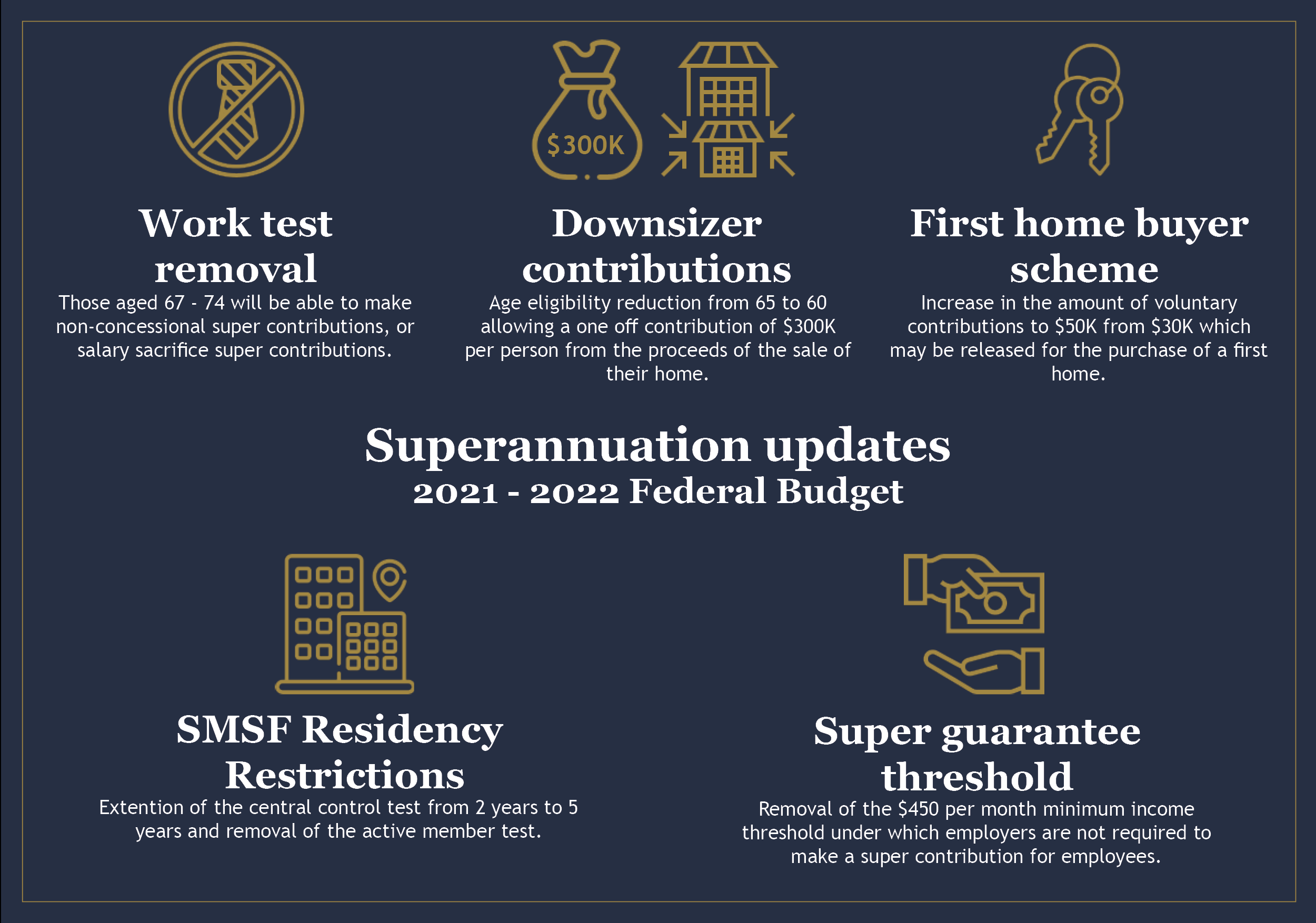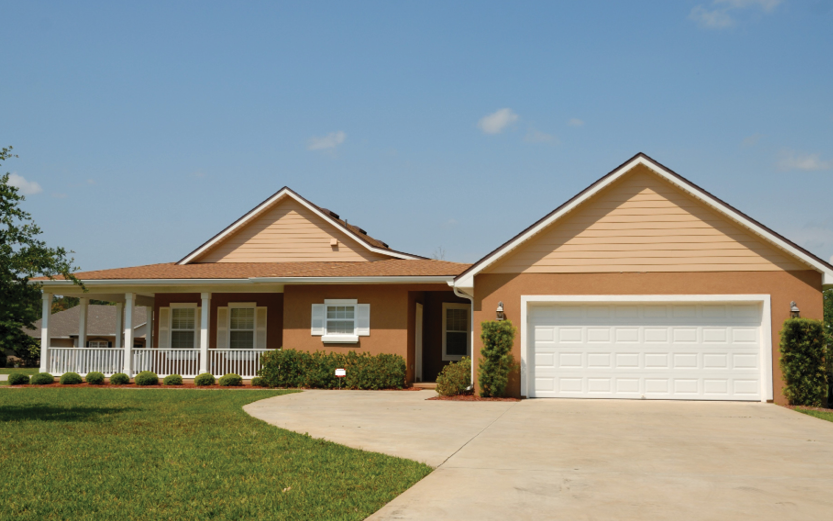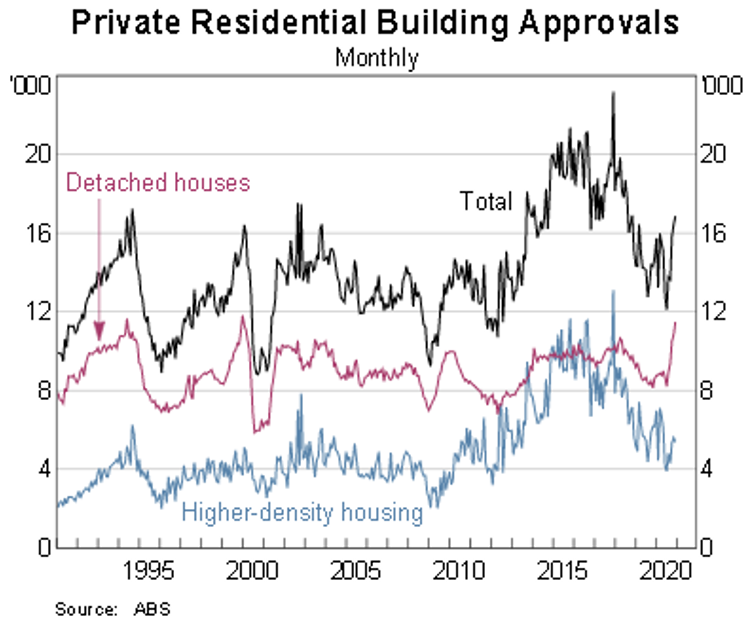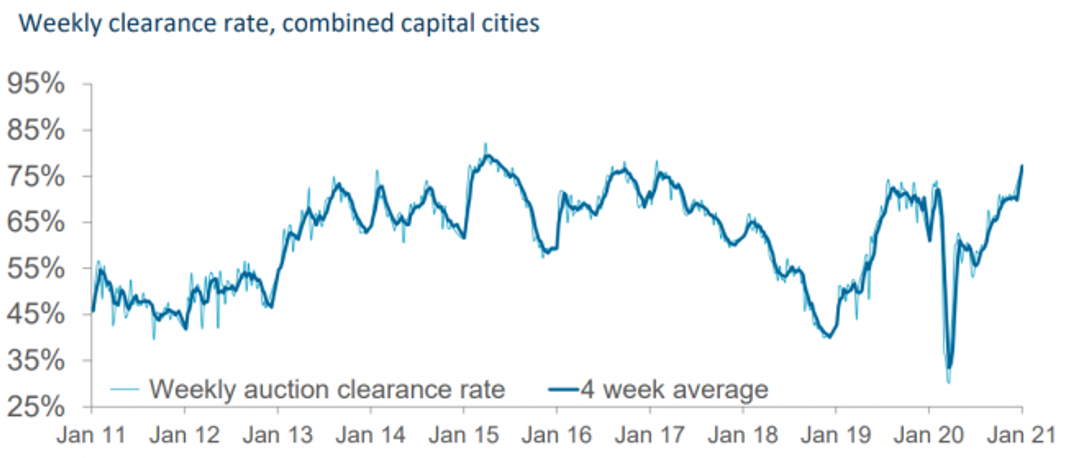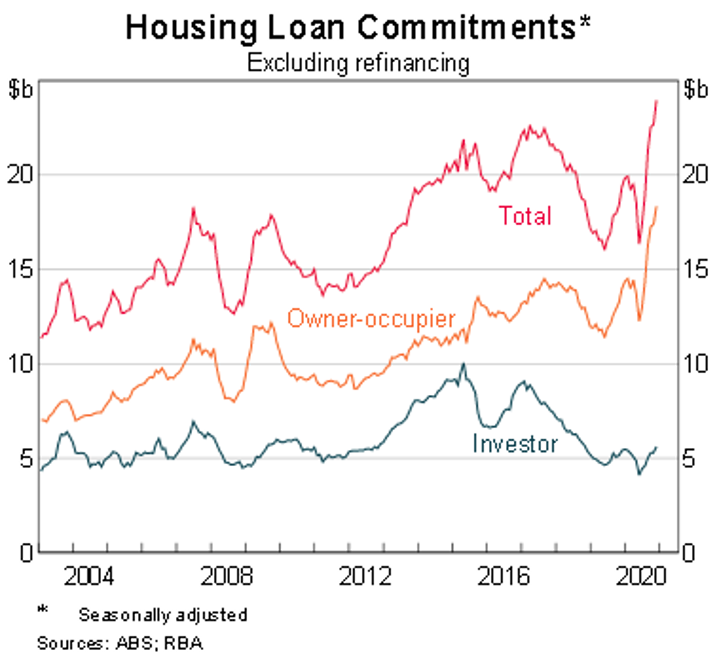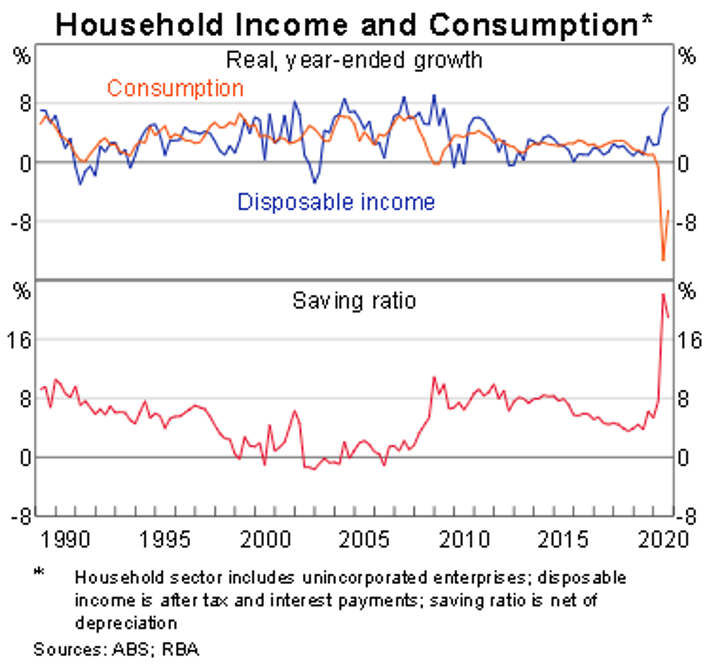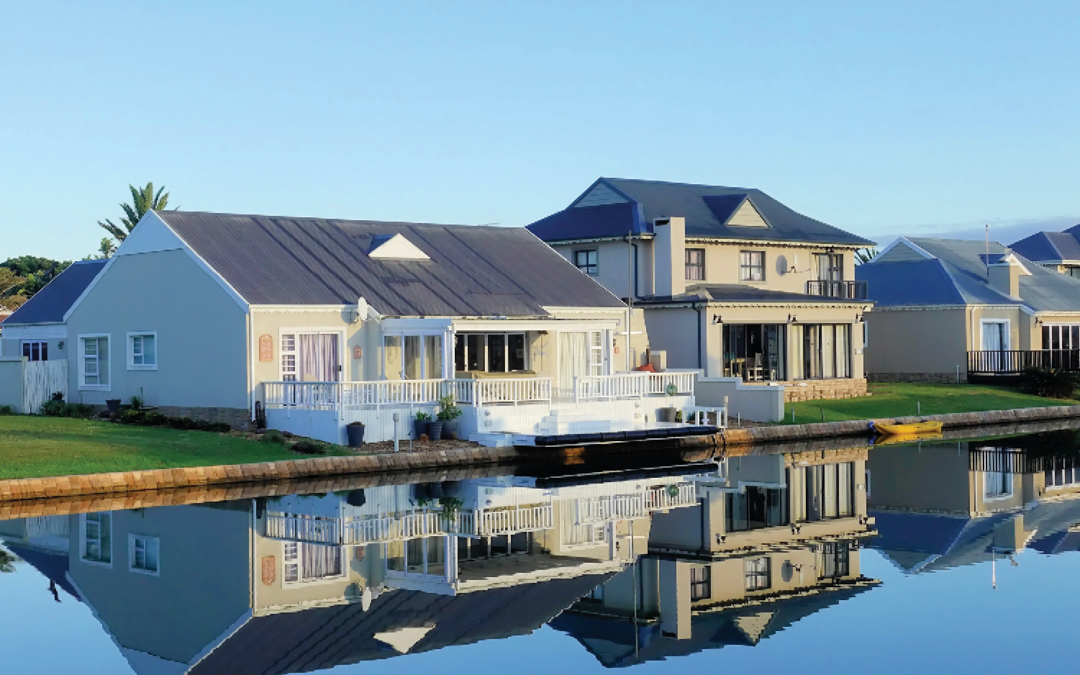
What you need to know about property investing in your self-managed super fund (SMSF)
“We want to eventually retire to the coast so we will buy a property in our self-managed superfund and rent it out in the meantime. The value of the property will rise over time and when we’re ready to retire we’ll just move in.”
We’ve heard this statement many times, but if only it was so easy. At a time when property markets are buoyant and interest rates so low, many people are considering property investment within their SMSF but the laws around what you can do, and can’t do, with the property are complex.
Investing in residential property
Firstly, residential property purchased through an SMSF cannot be lived in or rented by you, any other trustee or anyone related to the trustees – no matter how distant the relationship. Buying a coastal property in your SMSF and moving in when you retire is therefore not allowed. When you retire you must first purchase the property from the SMSF, perhaps from the money you receive from selling your city residence. This is just like buying a regular property except you won’t have to deal with negotiations. The transaction must take place at a fair market value, based on objective and verifiable data, and will involve additional costs such as stamp duty and legal.
Investing in commercial property
Rules regarding related parties that apply to residential properties do not apply to commercial properties. They therefore can be sold to an SMSF by its members, as well as being leased to SMSF trustees or an individual or business related to them.
This exception makes SMSF commercial properties appealing to many small business owners such as barristers to buy their chambers or manufacturers who can purchase a warehouse/factory. This allows the business to pay rent to their superfund rather than ‘dead money’ to a landlord. Again, it’s important the lease agreement is at market rate and must be paid promptly and in full at each due date.
Regardless of whether it’s a residential or commercial property, the investment must also satisfy the overarching function of the SMSF, which is to provide retirement benefits for its members (a concept known as the sole purpose test). You must consider the yield or potential capital appreciation when selecting the property and if neither makes good investment sense, you should reconsider.
The loan
Lending through your SMSF must be done by a limited recourse borrowing agreement (LRBA). The property must be owned by a separate ‘bare’ trust that sits outside of the SMSF structure and has its own trustee. All the property-related income and expenses are then made through the superfund’s bank account. These loans are specifically designed to ‘limit the recourse’ so that if the terms of the loan are breached the lender can only access the property and other superfund assets are protected.
Given the unique characteristics of the loan, SMSF loans generally attract significant application fees and higher rates than standard home loans. The lending criteria are also much stricter and can involve things such as reduced loan to value ratios (LVR), shortened loan terms resulting in higher repayments, and often borrowers require a minimum percentage of liquid superfund assets available to make loan repayments if needed. There are also additional legal costs associated with the setup and ongoing compliance of both the SMSF and bare trust structure. These costs must be factored in to decide if purchasing in your SMSF is the right option for you.
Renovating
The idea of renovating a residential property within an SMSF to improve capital value is also more complicated than it first appears. Whilst general maintenance and repairs can be made, any significant renovations must be funded by available cash already held within the superfund and not by the loan or borrowed money. Even if funds are available, you are not allowed to make significant changes to the original property that was purchased using the limited recourse borrowing arrangement. Renovations that substantially change the asset will require a new LRBA.
Given the right opportunity, there is no doubt that buying property in your SMSF can be an excellent long-term strategy but there are clear complexities. The considerations presented in this article are by no means exhaustive and investing through your SMSF should always be done in consultation with your financial adviser and an experienced mortgage broker.

